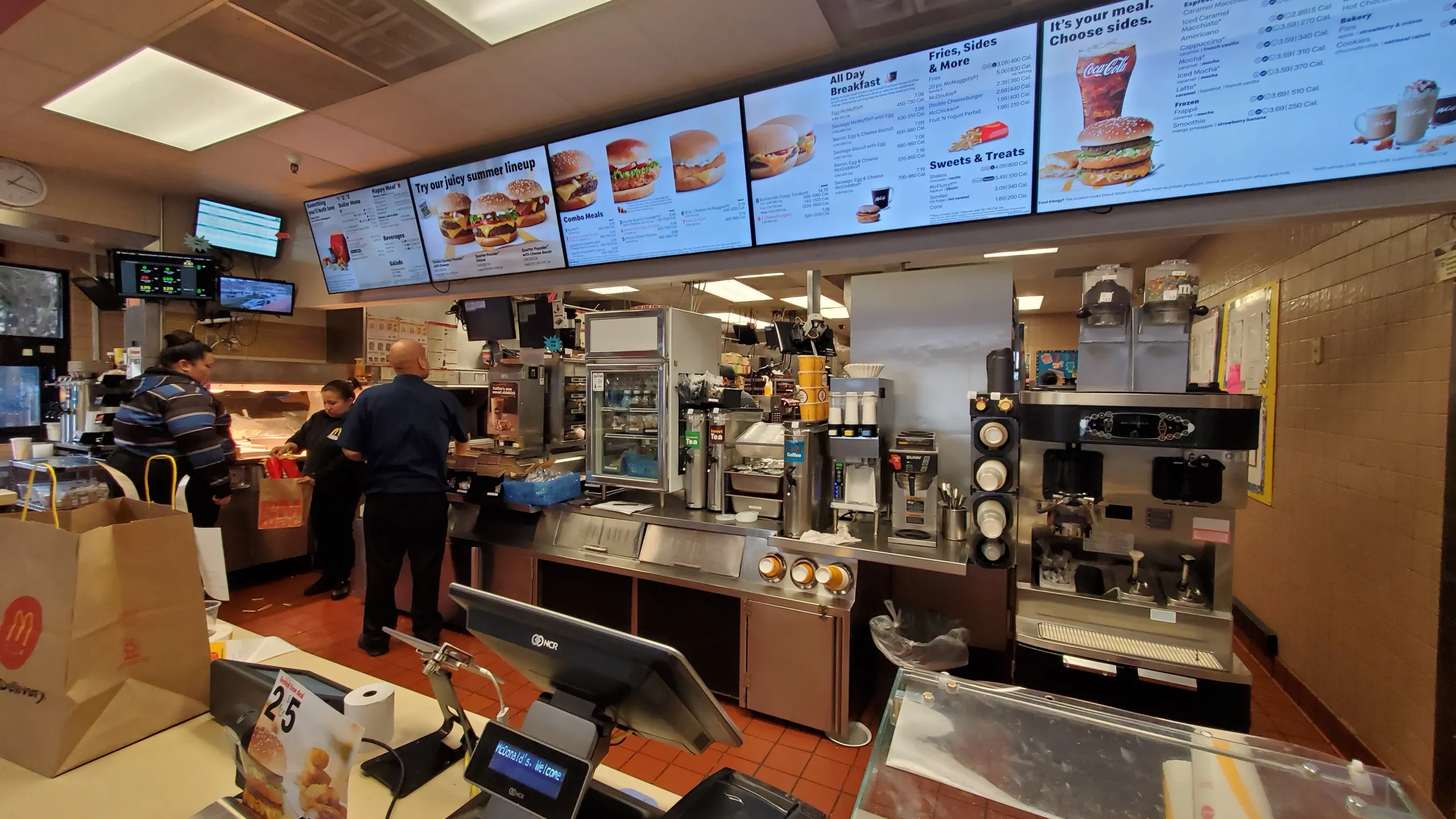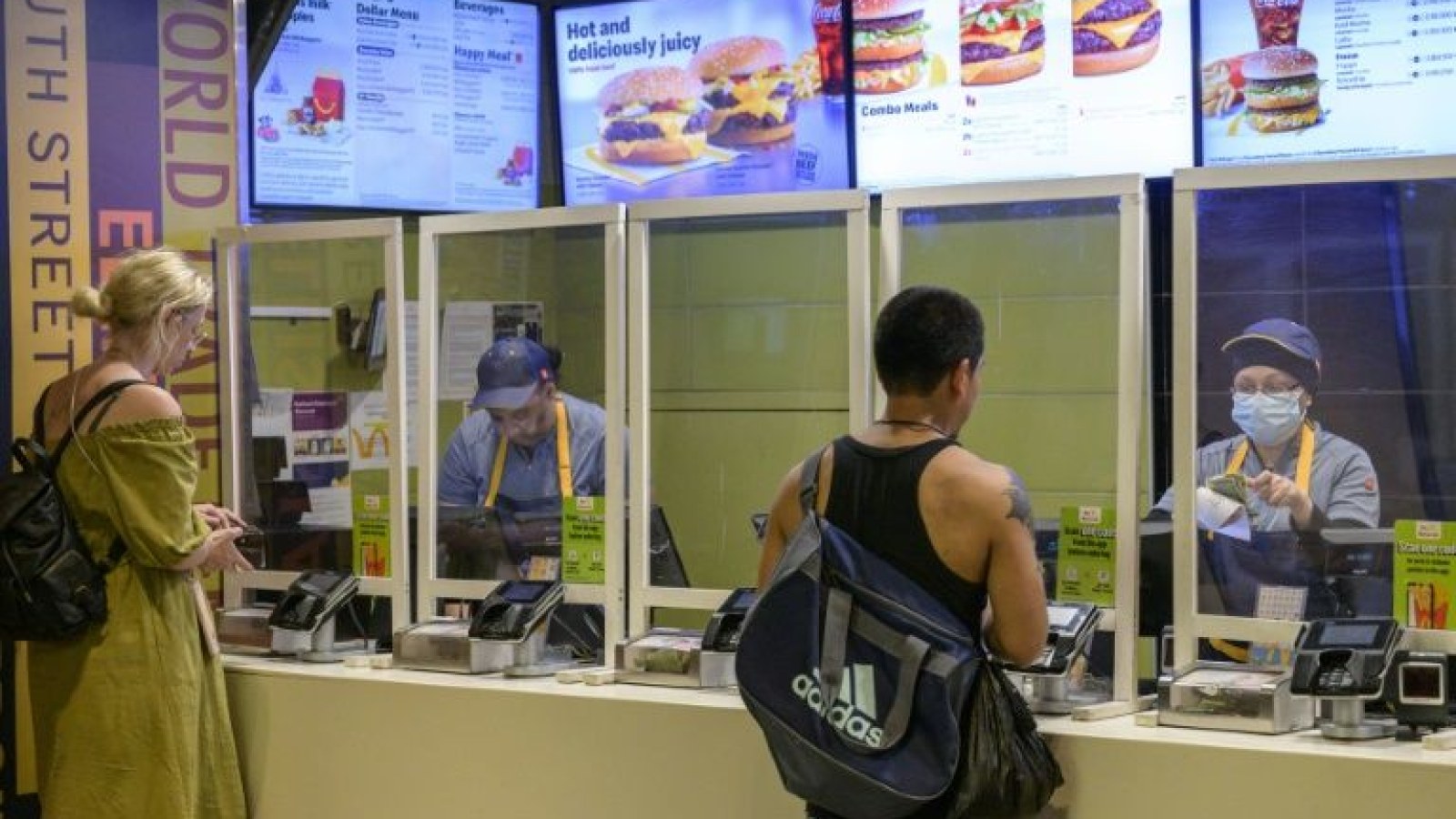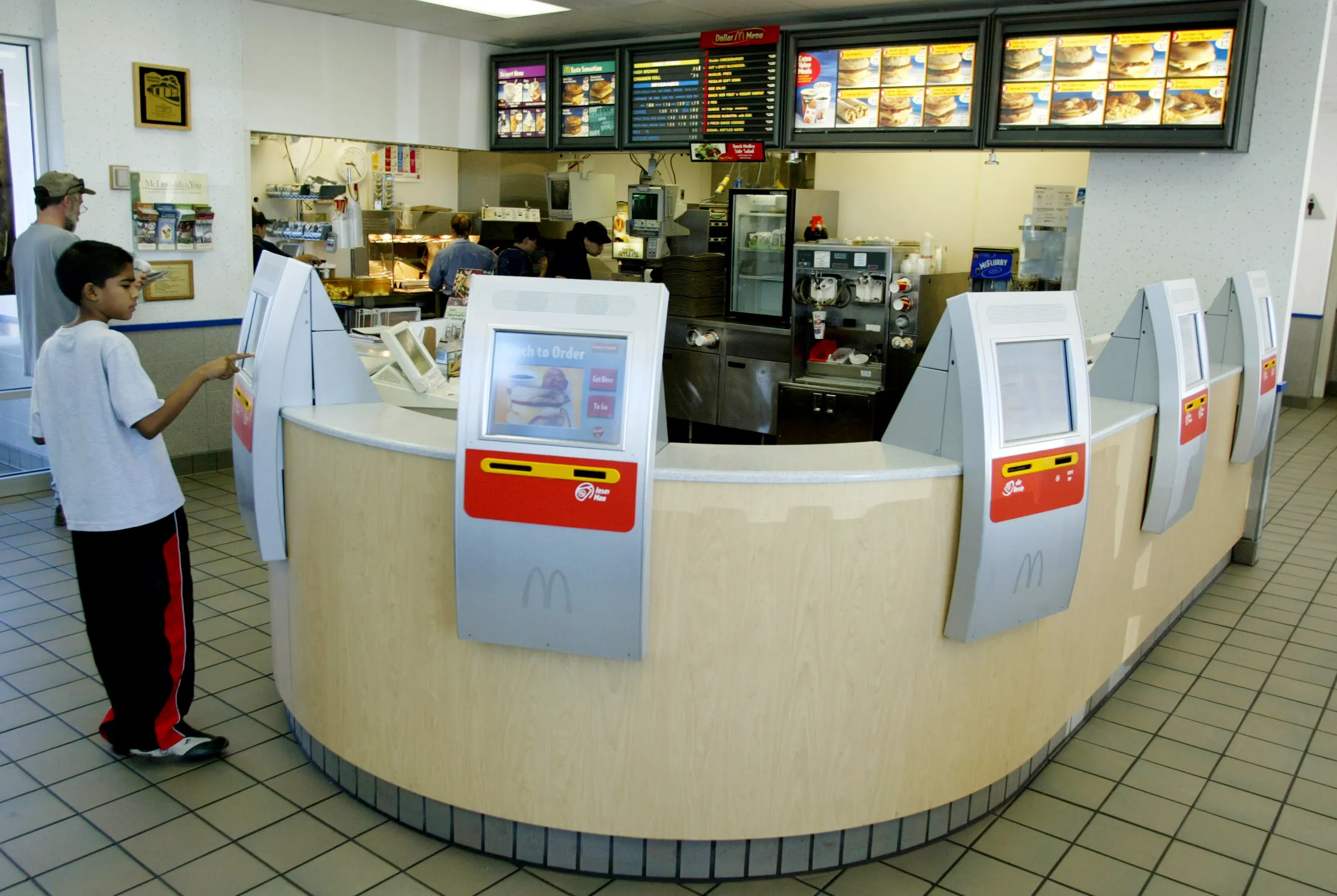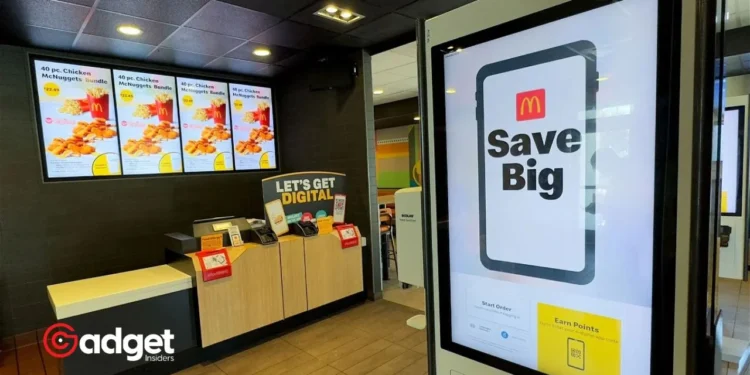In a bold move, California has raised the minimum wage for fast food workers to $20, sparking a significant shift towards automation in the industry. This adjustment, which targets chains with over 60 national locations, has stirred a mix of optimism and concern amongst industry players and observers alike.

California’s Double-Edged Sword: Higher Wages Meet Advanced Technology
The wage increase in California, effective from April 1, 2024, is not just a financial boost for workers but a catalyst for technological adoption in fast food chains.
“There are two things in play. One, already in motion for a while is robotics and automation at the store level,” Rob Dongoski, global lead for food and agribusiness at Kearney, pointed out. Fast food giants like McDonald’s and Shake Shack have already embraced self-service kiosks, aiming to streamline operations and enhance customer experiences.
This trend isn’t entirely new, as the industry has seen gradual tech integration even before the wage hike. Dongoski thinks that California’s increased salaries could be beneficial to restaurant owners by luring more workers into a sector that is still rebounding from employing dips caused by the pandemic.
This is even though there are concerns over job displacement. However, the reality of automation seems inevitable as businesses strive to balance rising labor costs with operational efficiency.
Like I said it would happen. “California just hiked minimum wage for fast food workers. Some restaurants are replacing them with kiosks” https://t.co/DHKR1pLCOQ
— Antonio Moore (@tonetalks) April 11, 2024
The Rise of Self-Service: Convenience Over Tradition
Self-service kiosks have become a staple in fast food outlets, a trend accelerated by consumer preferences for speed and convenience. Katie Fogerty, CFO of Shake Shack, emphasized in an earnings call that kiosks often lead to higher-value orders.
“When a guest goes to our kiosk…we see that they add on more premium and higher margin items,” she said, highlighting the financial upside of digital ordering systems.
Chick-fil-A and Burger King are among those who have recently expanded their digital footprint, reflecting a broader industry trend towards minimizing human interaction in favor of autonomous customer service solutions.

Balancing Act: Automation and Employment
While the adoption of technology in the fast food sector is seen as a response to increased operational costs, it also reflects a shift in consumer behavior and expectations.
Marble Brown, the founder of The Customer Obsession Advantage, noted, “Self-service kiosks are about reducing costs, but it is also about providing a positive customer experience, and convenience.”
Despite the push towards automation, the industry faces the challenge of balancing technological integration with job preservation. Harsh Ghai, a franchisee owning multiple fast food outlets, shared his strategy amidst the wage hikes: “Undoubtedly we will lose some people.
There’s no way around it,” he stated, acknowledging the difficult choices ahead as he plans to expedite kiosk installations across his California locations.

Navigating Future Challenges
The new wage law also establishes a fast food council, enhancing worker representation and setting a precedent for future labor discussions. This California council’s role will be crucial as it navigates the complexities of wage adjustments, worker safety, and industry sustainability in the face of technological advances.
As California sets the stage for a potentially transformative era in the fast food industry, businesses and workers alike must adapt to a landscape where efficiency and cost management are increasingly driven by technology.
The dialogue between advancing technology and maintaining a viable workforce continues, with the industry’s future hanging in a delicate balance.










